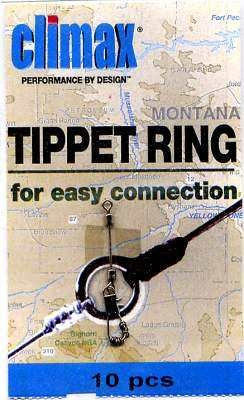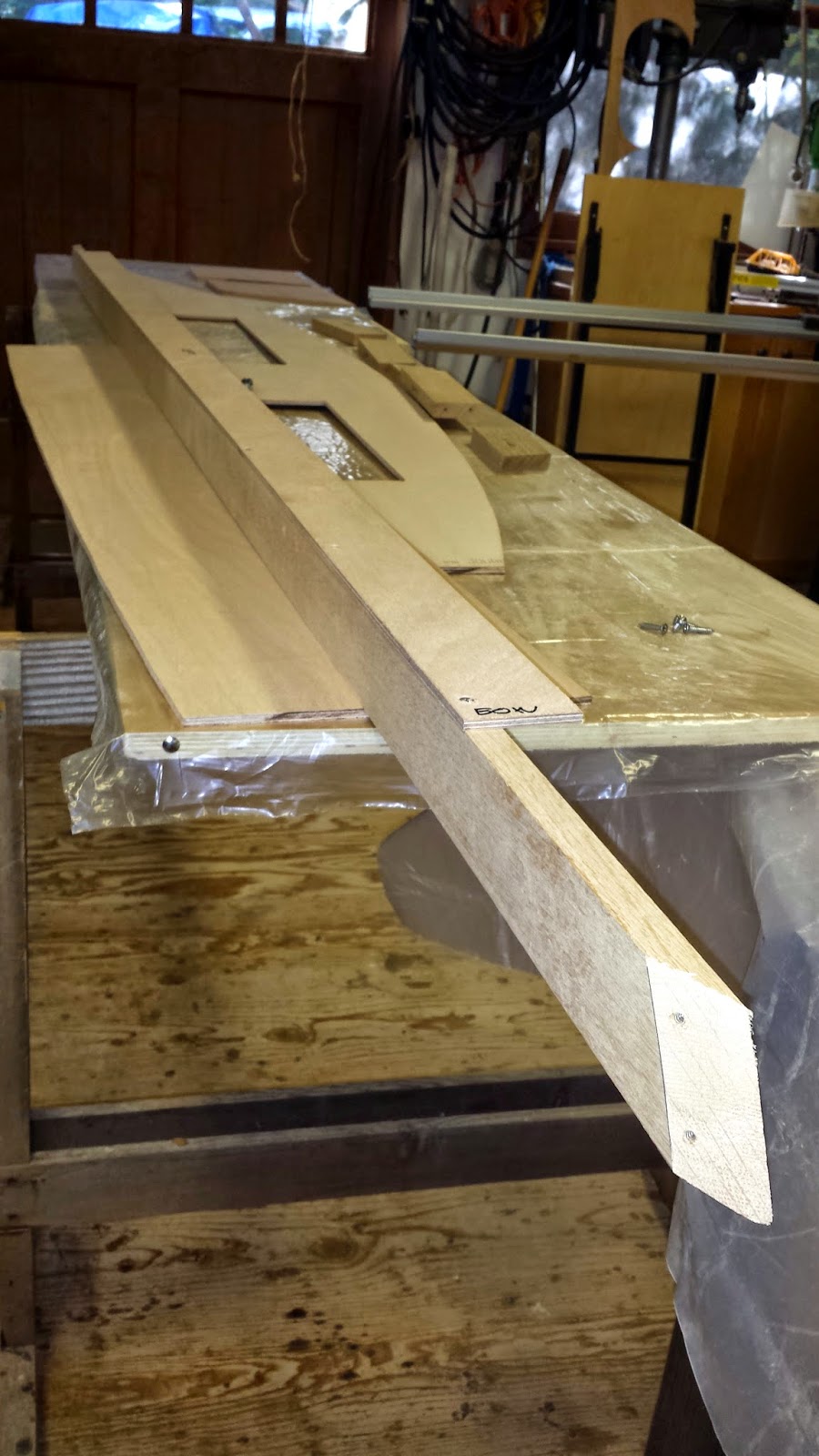
Situation #1
Entering the main current from an eddy or side channel
A situation that a rower must look out for, and then plan for, is when you have to enter a swift flowing current from a slower current, such as an eddy or other soft water.
When you encounter a situation similar to this, here are a few things you should take into consideration.
First, communicate with the anglers what you're planning on doing and what you want them to do, which is to sit down, hold on, and in some case put on their PFDs.
When putting into strong currents, try to drop downstream a bit, if possible, away from the eddy zones where there are great contrasts of current speed. Keep a sharper ferry angle of 15 to 30 degrees when first entering the current so the swifter water slides under your stern. If you pull out into a powerful current from an eddy with your boat sideways, at an angle of 45 degrees or more, water will tend to heave up and possibly over the upstream side. In extreme cases this can shove your upstream side of your boat under water, flipping it. You need to be especially careful in a low sided boat, like the low-profile drift boats that are so popular these days.
I'll tell you another rowing story. I just had purchased my Hyde low side drift boat and I was taking it out for the first time on the Lower Yuba River with my son Zack. Zack was 10 at the time. The put-in is just upstream of the Parks Bar Bridge. The put-in is a sheltered bay which is perfect for getting geared up and ready to go. The only problem is that it faces upstream and to get into the main flow of the river you have to enter the flow directly above the old bridge abutments which is a big pile of bouldered rip-rap. The river is channelized upstream of the abutments and wants to push you right into the rip-rap. The rip rap has a small to sometimes large standing wave. You have to enter the main flow and immediately ferry across the slot to get away from the rocks. If you don't, you're going to be into the rocks immediately. In the whole float below Parks Bar Bridge, the worst part of the whole float is in the first 40 feet. I pivoted and backrowed into the current at about a 30 degree angle and as soon as I hit the main flow the river pushed against my stern and some of the upstream side of the boat. This pushed the upstream side in down a little. This was no big deal but Zack for some reason moved to the upstream side of the boat at the same time and the boat keeled over more and shipped some water over the upstream side. I immediately pivoted the boat and got the stern pointed upstream and we were good to go. Nothing but a few shattered nerves by Zack. Zack is used to floating rivers in my large Fishcraft Raft, which is like a battleship, he can move around it and it has little to no effect on the raft. I made the mistake of not telling him to sit in the front seat, hold on and get ready. It was a good lesson for both of us. First I should have made sure Zack knew what to do and what to expect. And secondly, if a larger person would have done what Zack did we could have shipped a lot of water and in worst case flipped the boat. Lesson learned.
Situation #2 -Depth of Water When Ferrying
When rowing you need to be aware of the water depth and consider all contingencies, You need to consider things like (a) what is the best route downstream (b) What is the best position for the boat to be in for the anglers best success (c) What is the water depth.
When ferrying across the river the depth of the river can create problems with your downstream oar. Your downstream oar blade can be facing directly downstream. If the water is shallow it is possible to stick an oar in the streambed. You need to take shallow oar strokes with the downstream oar as you ferry across shallower water because when ferrying you are somewhat sideways to the current. The downstream oar could potentially jamb a blade in the streambed. If the oar jambs you could
(a) Break an oar blade
(b) Bust the oar out of the oar locks
(c) Bust the oar out of the oar locks and lose the oar
(d) Jamb the oar in the oar lock and flip the boat, because the jambed our can lift the downstream side of the boat upward.and shipping water on the upstream side.
It is not uncommon to lose an oar this way. Some people install oar straps to prevent losing an oar.
Situation #3 - Wrapping a Boulder
When a boat slams into a large river washed boulder mid stream, a predicable sequence of events can follow. The greater the speed and force of the water, the more likely the boat is to flip in the case of a drift boat or wrap in the case of a raft. The impact can be more jarring than you'd expect. Gear and people can fly overboard. Water instantly begins heaving up and possibly over the upstream side. This tends to shove the upstream side under water and in the case of a drift boat, flips it and sinks it, or in a raft pins in to the rock. In most cases like this the bottom of the hull or raft will be pinned to the rock. If you're in a drift boat and lucky, the boat will spin off the rock half full with water. As you may understand you don't want to be in this position.
How to avoid flipping on a rock. Once you find yourself approaching or engaged with a large mid stream boulder, the rower should continue rowing as hard as possible to attempt spinning the boat off the rock. If the passengers lean away from the rock in fear or attempting to brace themselves for the collision it only increases the likelihood of flipping the boat. The passengers should be consciously acting as human ballast in an effort to keep the boat from flipping. Whatever side is going down the passengers should move to the opposite side. This movement can keep a boat from flipping although it doesn't guarantee it. The boat may already be filling up with water and going down. If PFD's are not on they should be put on ASAP. By the way, good luck.







































